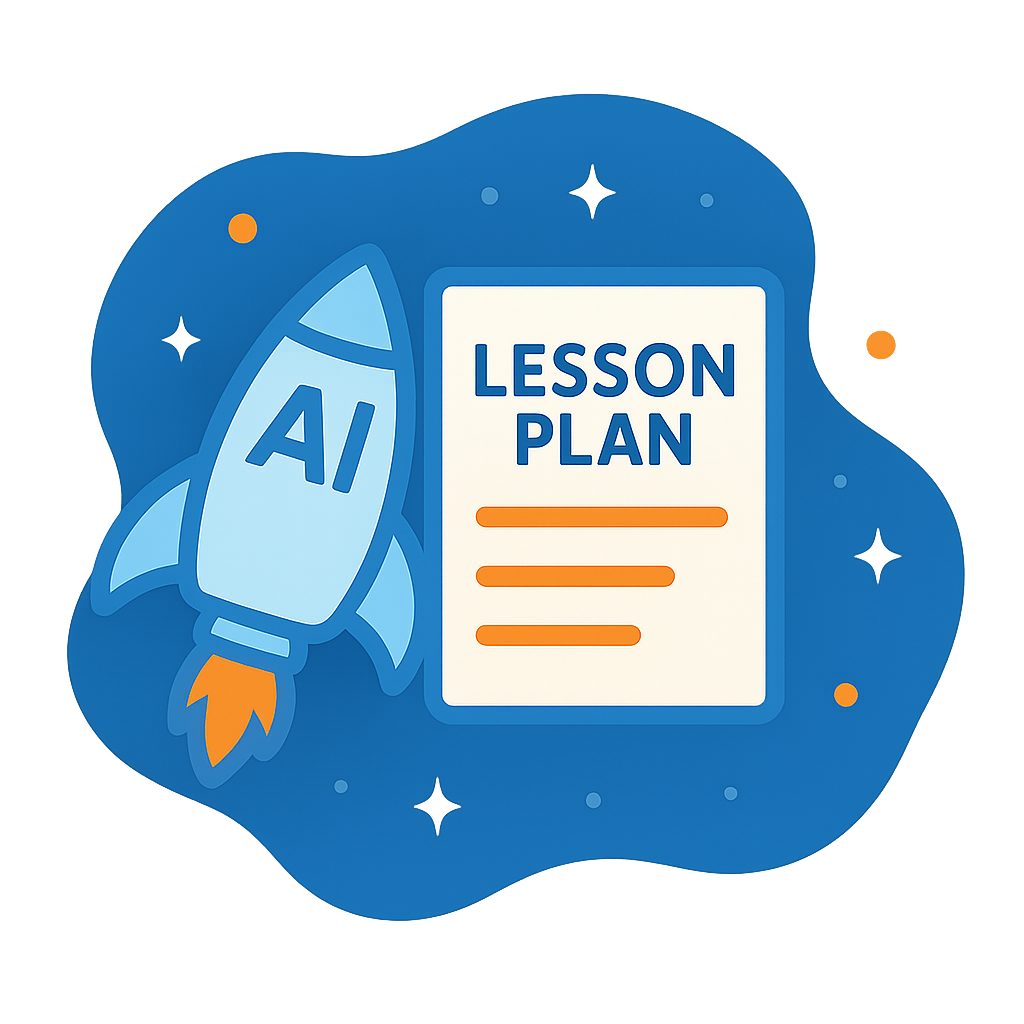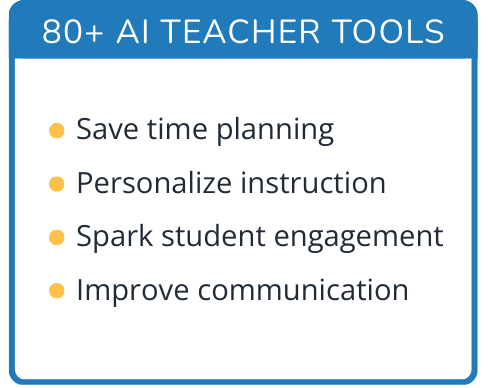Hi, what do you want to do?
Curated OER
What Are You - Prime or Composite
Students explore the concept of prime factorization. In this prime factorization lesson, students participate in an activity where they find the prime factorization and greatest common factor of a number derived from their name. Students...
Curated OER
Rock Your World
Students define soil, dirt, clay, silt, and sand. They conduct an online scavenger hunt, answer pre-written online questions on a piece of paper, and play the Earth Materials Game after completing the scavenger hunt.
Curated OER
Cutting Corners
Second graders examine two-dimensional shapes using their characteristics. In this shapes lesson, 2nd graders identify similarities and differences by using cut out shapes, diagrams, mirrors, and graphic organizers.
Curated OER
Putting It All Together
Middle schoolers complete activities to learn about the shapes and their vertices. In this shape recognition lesson, students discover the rule linking the number of sides with the number of vertices for shapes. Middle schoolers...
Curated OER
Too Many Tens
Learners practice grouping in different ways by putting numbers up to 1,000 in the correct place value. In this place value lesson plan, students estimate items in a jar and then count them out by grouping them by 10s.
Curated OER
Combining Foods
Students explore addition. In this math lesson, students discover how addition and subtraction are related. Students model related addition and subtraction facts.
Curated OER
Balancing
Learners use a balance to complete subtraction problems and weigh out the items they take away. For this subtraction lesson plan, students use a pan balance and record their equations.
Curated OER
Ecological Relationships
Middle schoolers identify ecological elements and their factors on species, populations and food webs. They analyze ecosystems for these elements and research how these factors influence species survival rate. Predictions on conditions...
Curated OER
My Habitat Address
Sixth graders draw a habitat and write about what they would need to survive in the habitat. They define the input of items such as materials, energy, and information, and what goes out of the habitat. They play a "Habitat Address" game,...
Curated OER
Composition of Functions
Students solve composition of functions. In this algebra lesson, students find the sum, difference and product of functions. They find the inverse of a function.
Curated OER
Who's In The Fact Family?
Students study related addition and subtraction facts. In this math lesson, students use related addition and subtraction to solve problems. Students use manipulatives to explore fact families.
Curated OER
Marine Food Webs
Learners examine how food webs illustrate the ways in which organisms depend on each other for energy and nutrients, and make food webs showing the feeding relationships among organisms encountered in the Gal??pagos coastal waters.
Curated OER
Ride the Wild Leaf Cycle
Fourth graders complete a worksheet. In this life cycle lesson, 4th graders learn about the leaf cycle and complete a worksheet where they put the leaf cycle steps in the correct order.
Alabama Learning Exchange
Partying with Two/Three Digit Whole Numbers
Learners practice problem-solving with this addition activity. They plan a party for their class and another class by determining how many cupcakes are needed. Students draw a picture of how they determined the number of cupcakes.
Curated OER
What a Waste
Pupils analyze components of garbage. They collect and sort a few days' worth of garbage. They chart the results of an investigation.
Curated OER
Spring of Life
Students explore Florida's springs using video segments. In this video lesson, students examine Florida's springs ecosystem, the animals that live there and the red tide that threatens the environment. The lesson includes researching...
Curated OER
Collecting Compost
Students observe a composting box. For this soil lesson, students create a composting bin by using a bin, newspaper, worms, and food scraps. Students create a composting food web.
Curated OER
Working With Place Value
Young scholars investigate the proper way to write numbers using decimals and commas. In this algebra lesson, students recognize the place value of a specific digit. They place numbers correctly on a number line.
Curated OER
Numbers Up
Young scholars use Legos to build representations of a variety of numbers. They then sort and order their representations and pair them with the written number.
Curated OER
How Many Ways?
Second graders develop number sense. In this number sense lesson, 2nd graders use multiple ways to represent numbers including written numerals, tally marks and manipulatives. Students correctly use place value to the thousands place.
Curated OER
Autumn
Students examine the cycle of nutrients in a forest. They research the concepts of decomposing and recycling within a forest.
Curated OER
Webbing the Food Chain
Students compose a visual representation of the food chain cycle using Inspiration educational software.
Curated OER
Build a Snowplow
Learners design and build a snowplow using LEGO materials. They compete in an Engineer's Challenge to clear a path through Styrofoam peanuts.
Curated OER
Multiplying Polynomials
Young scholars explore the concept of multiplying polynomials. In this multiplying polynomials lesson, students watch a video clip about basic math skills. Young scholars work in groups on an exploration about why a binomial squared...




























